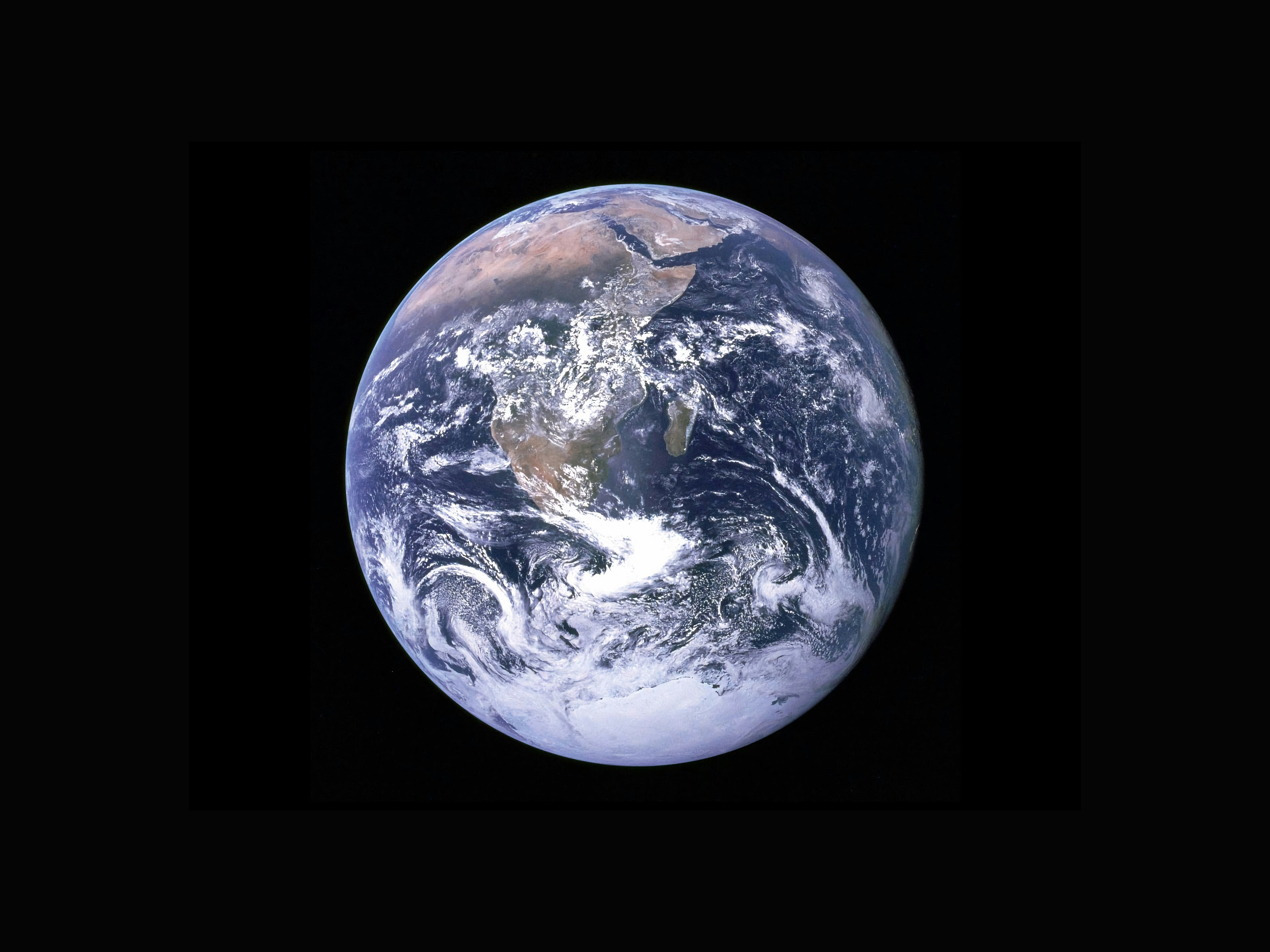Will this be the key to economic success in 2050?

Stay up to date:
The Digital Economy
This article is published in collaboration with Huffington Post Business Blog.
I like shoes. This currently involves me going to a shop — online or in a physical shop — and chose from a limited range of styles which various large companies have designed and had manufactured — most probably in another country, using raw materials from still other countries, all shipped through a global logistics network.
How might I buy my shoes in the future — hopefully not too distant?
Perhaps like this: Inspired by visual platforms such as Pinterest and Instagram, I go to an online tool, upload a 3-D scan of my feet and design my shoes, using digital templates which propose designs that I can alter — changing color, tissue, heel heights, types of tips, and so on. I send the digital design to my local 3D print shop to be custom-made out of new, high-performance materials — keeping for example my feet at a desired temperature; I say, “Siri, make me a coffee”, and wait for the delivery drone to arrive.
Attempting to definitively predict the future is a mug’s game. But applying some imagination to today’s weak signals and emerging technologies can enable us to paint plausible pictures of how the future might look, which we can factor into the strategic decisions we take today.
The shoe-buying scenario in the future is just one example of how radically different the global economy could become. Here are five implications.
First, scale may no longer be important. Shoe companies today have to be reasonably large to survive: it costs money to employ designers and tool machinery, and only by making each run of shoes in bulk can they hope to turn a profit. In 2050, global shoe brands may still exist: I might turn initially to my favourite brand for a digital template. But it will be much easier for small companies and talented individuals to compete, boosted by information networks that spread the word about the best ideas.
Second, trade in finished goods may no longer be important. In this example, my shoes are being put together at my nearest 3D printing shop, not making their way across the seas in a shipping container.
Third, trade in raw materials may also be much less important. By 2050, advances in molecular science could enable synthetic materials to be suitable for most purposes; plastics could be produced locally from recycled trash or biosynthesized from greenhouse gases, at costs out-competing today’s oil-based plastic production. Nor might any tradeable resources be needed for energy: thanks to advances in technologies such as solar, power could all be generated cleanly and locally.
Fourth, low-cost labour might no longer be a competitive advantage for a country. It’s cheaper now for a labourer to make shoes in India than France. But a 3D printer — or any of the machines that are likely to take over a range of both white-collar and blue-collar work in the coming decades — will cost much the same anywhere.
Finally, as trade in physical materials and finished goods declines, trade will commensurately increase in data, digital templates and intellectual property.
While this vision of the future may seem far off, it requires only that we extrapolate from already-visible trends: in customized and personalized production; collaborative product design platforms; globally-spreading access to and literacy in internet, e-commerce and software tools; and advances in additive manufacturing techniques, biosynthesis processes and material science.
When you strip away the advantages of being big, or resource-rich, or having low-cost labour, what are you left with as a means of creating value? Innovation. It is possible to imagine that, by 2050, the capacity to innovate will have become the only source of competitive advantage — for nations, businesses and even individuals.
This future is not guaranteed to transpire. But it plausibly could. And the question of how best to prepare for it is one that should be exercising the minds of politicians and CEOs, young people and parents alike.
Publication does not imply endorsement of views by the World Economic Forum.
To keep up with the Agenda subscribe to our weekly newsletter.
Author: Kristel Van der Elst is Co-Founder and CEO of The Global Foresight Group.
Image: A view shows the headquarters of a French business in Courbevoie, outside Paris. REUTERS.
Don't miss any update on this topic
Create a free account and access your personalized content collection with our latest publications and analyses.
License and Republishing
World Economic Forum articles may be republished in accordance with the Creative Commons Attribution-NonCommercial-NoDerivatives 4.0 International Public License, and in accordance with our Terms of Use.
The views expressed in this article are those of the author alone and not the World Economic Forum.
Forum Stories newsletter
Bringing you weekly curated insights and analysis on the global issues that matter.
More on Financial and Monetary SystemsSee all
Spencer Feingold
April 17, 2025
Lucia Fry and Naomi Nyamweya
April 17, 2025
Spencer Feingold
April 15, 2025
Hubert Keller and Maximilian Martin
April 15, 2025
Makaio Witte and Sourajit Aiyer
April 14, 2025
Tariq Bin Hendi
April 8, 2025






